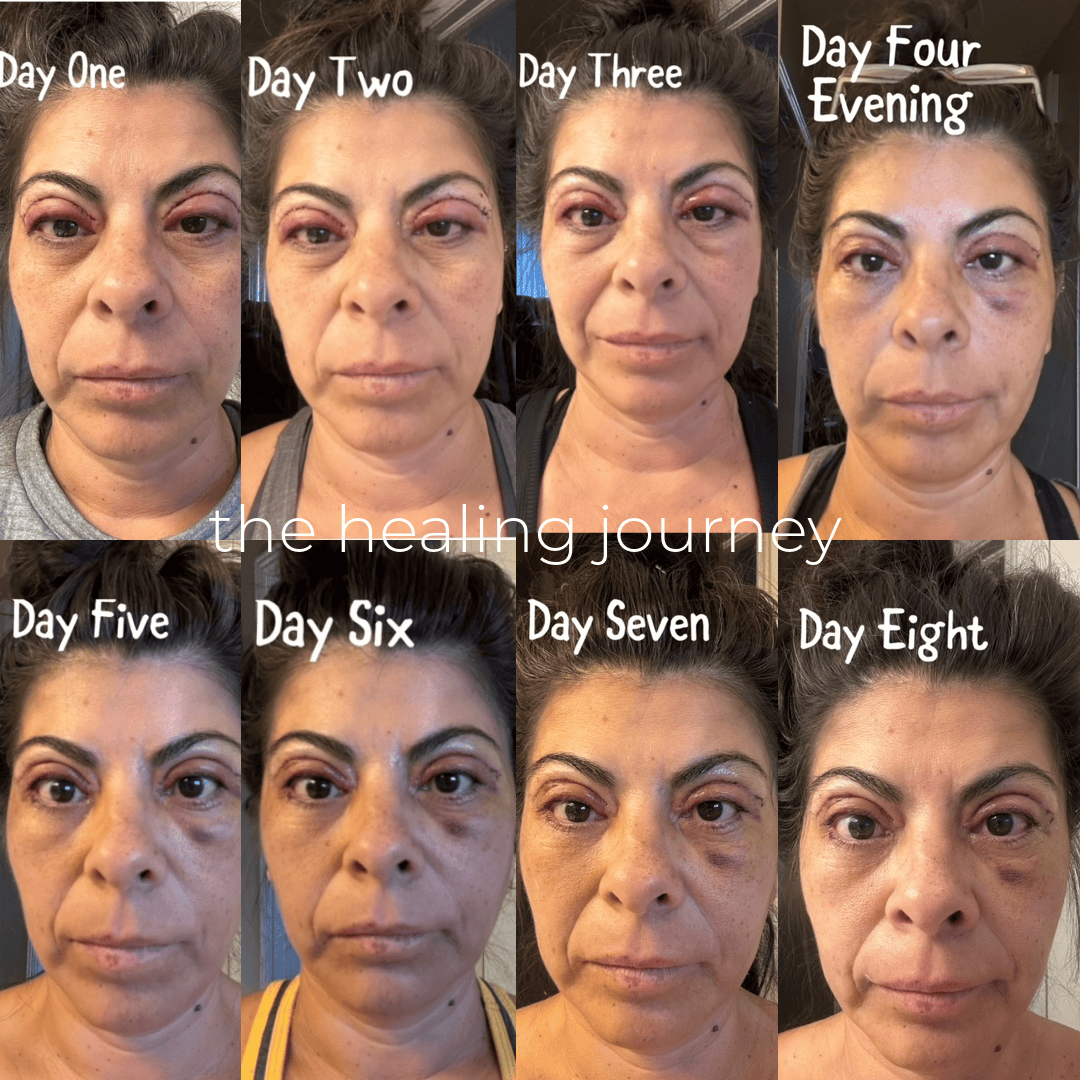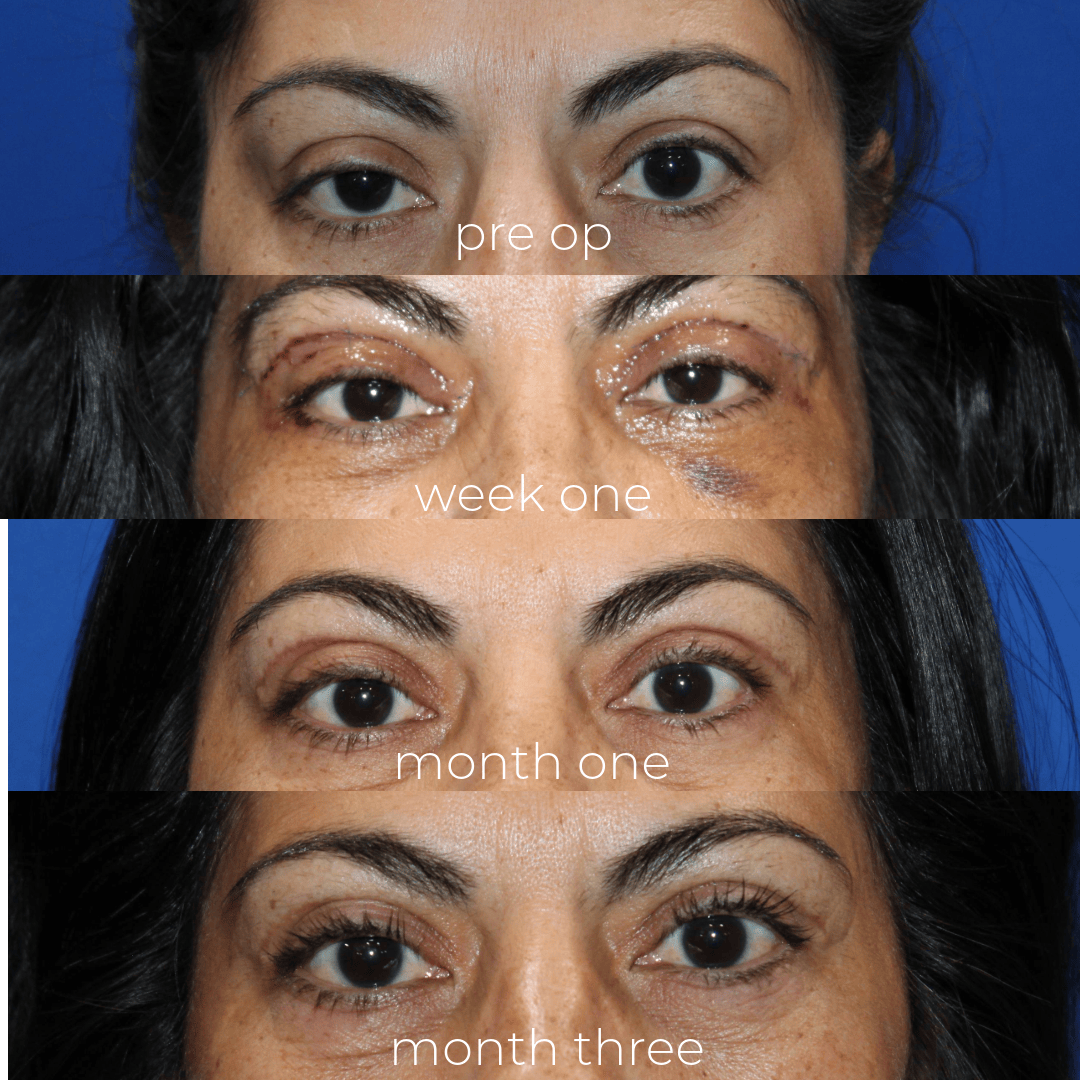Ptosis refers to when the upper eyelid droops over the pupil, reducing the field of vision and causing the eyes to look extra sleepy. Typically, this condition happens over an extended period of time, as the upper eyelid muscle tissue gradually stretches with age. Ptosis Repair surgery in Boulder, CO by Dr. Kyle Cox can address this condition.
How Do I Know if I Am a Candidate?
If you are experiencing decreased peripheral vision or if you are having to look through your eyelashes due to drooping of the upper eyelid or excess skin, or you would like your eyes to be more open and vibrant, you may be an excellent candidate for ptosis repair. Schedule a consultation right away for ptosis repair in Boulder. Dr. Cox will thoroughly assess your eyes and face to develop the perfect treatment plan for you.







